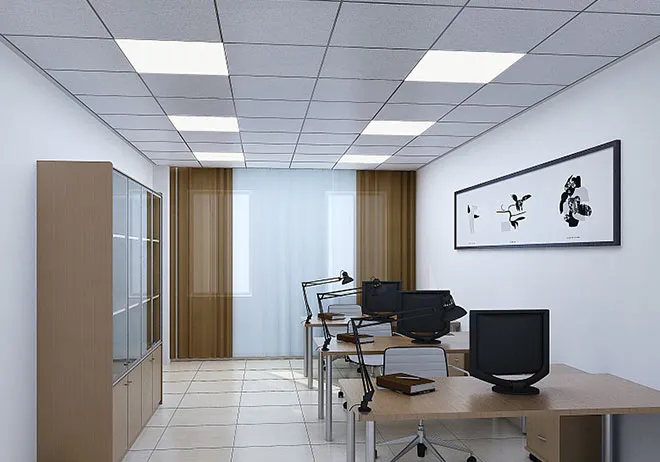- Afrikaans
- Albanian
- Amharic
- Arabic
- Armenian
- Azerbaijani
- Basque
- Belarusian
- Bengali
- Bosnian
- Bulgarian
- Catalan
- Cebuano
- Corsican
- Croatian
- Czech
- Danish
- Dutch
- English
- Esperanto
- Estonian
- French
- German
- Greek
- Hindi
- Indonesian
- irish
- Italian
- Japanese
- Korean
- Lao
- Malay
- Myanmar
- Norwegian
- Norwegian
- Polish
- Portuguese
- Romanian
- Russian
- Serbian
- Spanish
- Swedish
- Thai
- Turkish
- Ukrainian
- Uzbek
- Vietnamese
Гру . 03, 2024 11:44 Back to list
pvc gypsum board
PVC Gypsum Board A Versatile Building Material for Modern Construction
In the ever-evolving landscape of construction materials, PVC gypsum board has emerged as a popular choice among builders, architects, and homeowners. This innovative product combines the qualities of traditional gypsum boards with the added benefits of polyvinyl chloride (PVC), resulting in a versatile and durable solution suitable for various applications.
Understanding PVC Gypsum Board
PVC gypsum board, as the name suggests, integrates gypsum — a naturally occurring mineral — with PVC, a synthetic plastic polymer. This combination creates a lightweight, resilient building material that retains the fire-resistant properties of gypsum while enhancing moisture resistance with the inclusion of PVC. The boards are typically used for wall paneling, ceilings, and decorative applications, offering a sleek finish that is both functional and aesthetically pleasing.
Advantages of PVC Gypsum Board
One of the standout features of PVC gypsum board is its moisture resistance. This makes it particularly suitable for areas prone to humidity, such as bathrooms, kitchens, and basements. Unlike traditional gypsum boards, which can be vulnerable to water damage, PVC gypsum boards do not absorb moisture, reducing the risk of mold and mildew growth.
In addition to moisture resistance, PVC gypsum boards are also known for their ease of installation. They are lightweight compared to other materials, making them easier to handle and install. Contractors appreciate this feature, as it can significantly reduce labor costs and time on the job site. The boards can be easily cut to size with standard tools and fixed to various surfaces without the need for specialized equipment.
Another advantage of PVC gypsum boards is their durability. They are resistant to impacts, scratches, and everyday wear and tear, making them an ideal choice for high-traffic areas. This durability does not come at the expense of aesthetics; PVC gypsum boards are available in a variety of colors and finishes, allowing for customization to meet the design preferences of any project.
pvc gypsum board

Applications of PVC Gypsum Board
The versatility of PVC gypsum boards makes them suitable for a wide range of applications. In residential projects, they can be used for ceilings, wall coverings, and interior partitions. In commercial settings, PVC gypsum boards are increasingly being used in offices, retail spaces, and restaurants due to their ability to contribute to an attractive and functional environment.
Additionally, PVC gypsum boards are a great choice for specific applications such as acoustics. Their sound-dampening properties make them effective in minimizing noise transmission, which is particularly beneficial for commercial spaces or multi-family dwellings where privacy is a priority.
Sustainability Considerations
As building materials evolve, so does the emphasis on sustainability. Many manufacturers of PVC gypsum boards are increasingly incorporating eco-friendly practices into their production processes. They aim to produce boards that have lower environmental impacts through the use of recycled materials and by ensuring that their products are free from harmful substances. This aligns with the growing trend of sustainable building practices, appealing to environmentally conscious consumers and builders alike.
Conclusion
PVC gypsum board represents a significant advancement in construction materials. By merging the beneficial properties of gypsum with the advantages of PVC, it offers durability, moisture resistance, and ease of installation, making it a wise choice for modern construction. Whether for residential homes or commercial buildings, its versatility and aesthetic appeal make PVC gypsum board a solution that is well-suited to meet the demands of contemporary architecture and design. As the industry continues to innovate, we can expect PVC gypsum boards to play an even more prominent role in shaping the future of construction.
-
PVC Laminated Gypsum Ceiling Board OverviewNewsApr.11,2025
-
Mineral Fiber Ceiling Tiles Price Analysis and ComparisonsNewsApr.11,2025
-
Crafts of Mineral Fiber Ceiling Tile ManufacturingNewsApr.11,2025
-
Difference Between Gypsum and PVC CeilingNewsApr.11,2025
-
An Overview of Mineral Fiber Ceiling TilesNewsApr.11,2025
-
Advantages of PVC Gypsum CeilingNewsApr.08,2025







